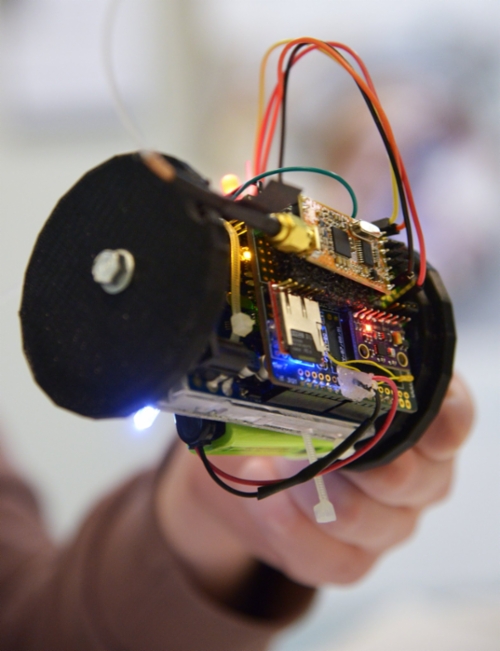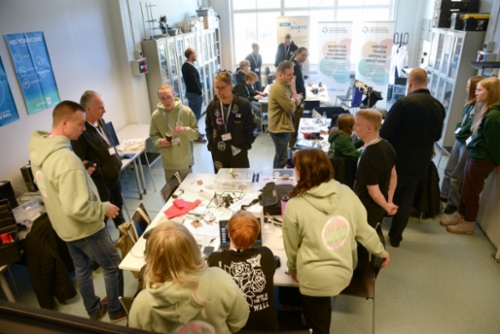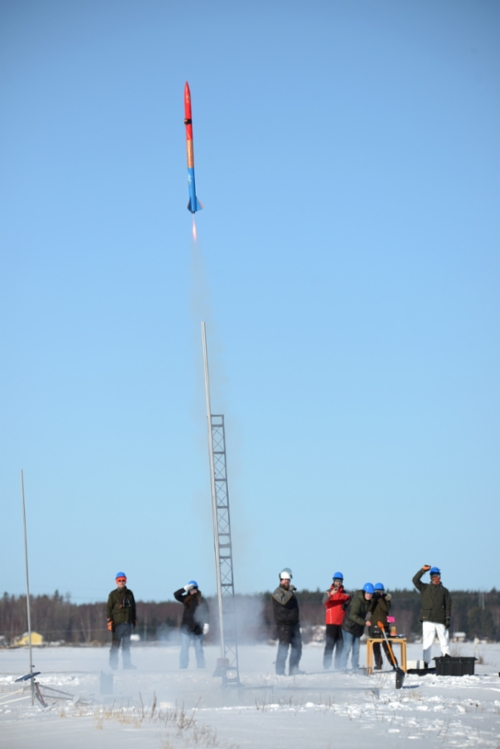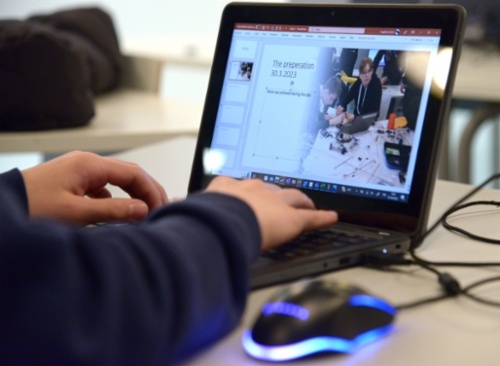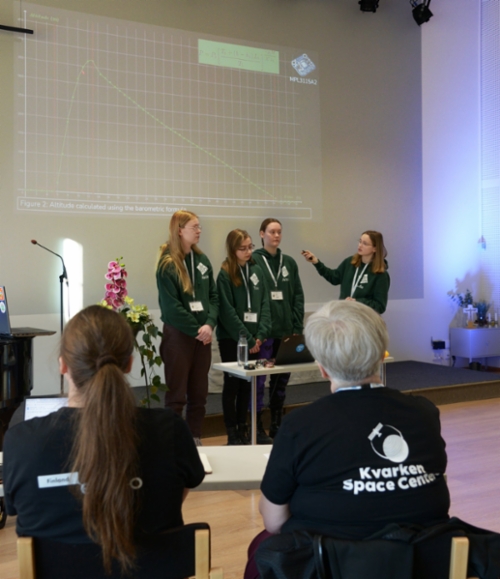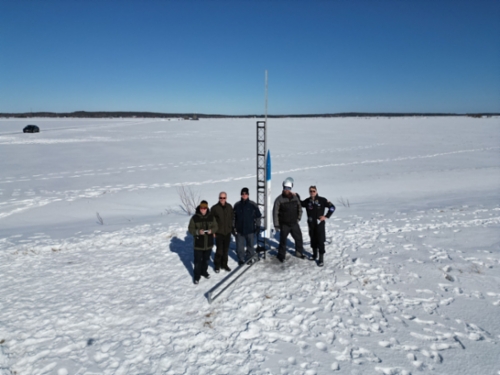CanSat 2023 competition in Vaasa 30.03.-02.04.2023Wednesday 4/12/23 CanSat 2023 CanSat was organized for the second time in Finland and this time there were 5 teams. There were the same schools as last year, and a few groups had last year's students. As a whole, it can be said that the teams were better than last year. Technical solutions and team organization had developed. The information had certainly been received from the CanSat2022 teams. For example, all teams had their own media representative and Instagram accounts. The students were eager to participate in the event. Before this weekend, the students had easily spent two hundred hours of their own time on the CanSat project. This weekend culminated the students' hard work. The CanSat competition was organized by ESERO Finland and Tiedekeskus Heureka. The teams have five main goals in the CanSat competition:
2. Performs one or more optional secondary tasks selected by the teams. 3. To fit all parts of the satellite (including the battery, sensors, communication device) into a structure the size and weight of a can. 4. Make sure the can survives the landing. 5. Performing scientific experiments and transferring data obtained during the flight to a computer on the ground.
Program of the CanSat2023 event: Day 1, finishing tasks and fitting the satellite to the rocket. All teams (5) got their own rocket. The most important selection criterion seemed to be the appearance of the rocket. The Finnish Space Research Society (SATS) had prepared 10 rockets for the event, so there was plenty of choice.
Day 2, rocket launch day. Like the last year, the launches were made in Söderfjärden in Vaasa. Söderfjärden is one of the best launch sites for model rockets in Northern Europe. The weather was good for us. SATS was able to complete the required five CanSat launches in 3 hours. All launches went well, one satellite had a technical problem. CanSat satellites reached a height of 350-400 meters and a typical satellite flight time was one minute. It took about 10 seconds to go up and came down in 50 seconds. When coming down, the rocket and the satellite had their own parachutes. SATS operated like SpaceX, which also manufactures and launches rockets with agreed payloads. The rockets were 100-150 cm long, weighed 1-1.5 kg with the CanSat satellite, and they instantly reached a speed of hundreds of kilometers per hour within three seconds of the rocket's launch. The rockets used g-class engines (Cesaroni Technology ProX-29 159G54-RLLB) that burned ammonium perchlorate. Rockets typically last for 5 launches.
3rd day, data analysis and reserve day for launches Since there was a malfunction in one of the satellites, we launched the satellite again. This time everything went well. On the spare day, SATS had the opportunity to launch other rockets. We launched one team's satellite with a bigger rocketmoter and now the rocket reached a height of a little over 600 meters. If the future CanSat competition wants to reach a height of 600 meters instead of 400 meters, SATS already has the technology for that. Matti Lepomäki, the chairman of SATS, has played a significant role in making the new technology operational in Finland. The students spent the day doing data analyzing and making presentations. In the evening, students, teachers and staff had a joint evening out.
4th day, presentations and prize distribution Throughout the event, three judges have evaluated the groups' performance. CanSat2023 culminated in the presentation of the results and the distribution of awards. All teams were good.
The results were: The winner of the competition and Finland's representative in the European CanSat 2023 final competition: @mucan_23 Special prizes: The Finnish Space Research Society was involved in the CanSat 2023 project. Our team of 5 was: Matti Lepomäki, rocket engines and rocket launch
Pictures: Jan Holmgård, ESERO Finland and Matti Manninen / Astedrone Oy Links: The teams' Instragram accounts https://www.instagram.com/mucan_23/ https://www.instagram.com/kvan.ttikala/ https://www.instagram.com/taigasat2023/ https://www.instagram.com/lillsat23/ https://www.instagram.com/radwil_cansat/ Finnish Astronautical Society (Suomen Avaruustutkimusseura) Esero Finland |




